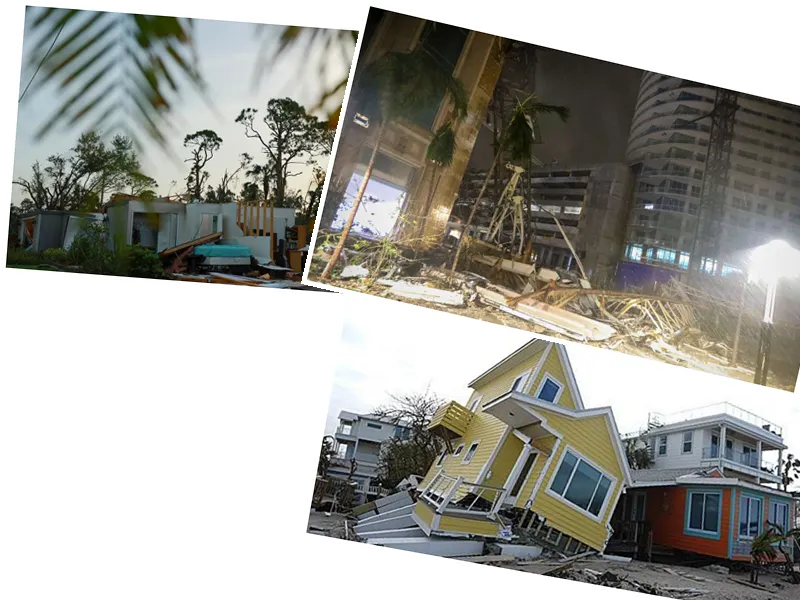Evaluating the Impact of COP Conferences on Climate Change
The Conference of the Parties (COP) has been a pivotal platform for international climate negotiations for over three decades. Established under the United Nations Framework Convention on Climate Change (UNFCCC), these annual conferences aim to address the escalating climate crisis through collaborative efforts among scientists, activists, and policymakers. Despite their long history and significant global participation, the effectiveness of COP conferences in achieving tangible climate goals remains under scrutiny.
Historically, the relationship between carbon dioxide emissions and global warming was established as early as 1896 by Swedish scientist Svante Arrhenius. However, it wasn't until the formation of the Intergovernmental Panel on Climate Change (IPCC) in 1988 that the issue gained substantial international attention. The IPCC's first assessment report in 1990 warned of potential temperature increases of 4 to 5 degrees Celsius by 2100 if greenhouse gas emissions were not controlled. This report laid the groundwork for the Earth Summit in 1992, which resulted in the adoption of the UNFCCC, aiming to stabilize greenhouse gas concentrations in the atmosphere.
Challenges and Future Directions for Climate Agreements
The COP conferences have faced numerous challenges, particularly in terms of political dynamics. Developed countries, historically the largest emitters of greenhouse gases, are expected to lead efforts in reducing emissions and providing financial support to developing nations. However, as noted by climate expert Dr. Khaled Abbas, negotiations often reflect a power imbalance, with wealthier nations dominating discussions while vulnerable countries bear the brunt of climate impacts without adequate support.
The Kyoto Protocol, adopted in 1997, aimed to bind developed nations to reduce emissions but struggled with ratification issues, particularly from major emitters like the United States and China. The subsequent Paris Agreement in 2015 marked a significant shift, with countries committing to limit global warming to below 2°C. However, the effectiveness of these commitments has been questioned, especially as the COP28 in Dubai highlights the urgent need for increased climate finance. Current estimates suggest that developing nations require between $500 billion and $2,500 billion annually by 2030 to address climate adaptation and loss, far exceeding the previously established $100 billion target.
Despite the awareness raised by COP conferences regarding the severity of climate change, experts like Abbas emphasize that international policies have yet to yield significant reductions in greenhouse gas emissions. As the world faces increasingly severe climate phenomena, the success of future COP conferences will hinge on securing adequate funding and fostering genuine collaboration among nations to implement effective climate strategies.





